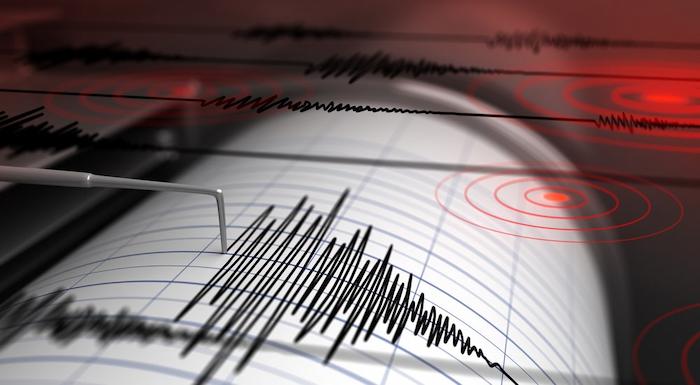Richter Scale: How it came about, What is it for, Calculation, Maximum Value
The Richter Scale is a subject that arouses curiosity in many people. After all, how is it possible to measure the intensity of an earthquake? What is the relationship between the magnitude of an earthquake and the damage caused by it? These are just some of the questions that come up when thinking about this system.
Created in 1935 by the American seismologist Charles Richter, the Richter Scale is a measurement system that has become the standard for determining the magnitude of earthquakes around the world. It is used by seismologists, geologists and engineers to better understand the nature and causes of earthquakes, as well as to assess the damage caused by them.
Based on the expected magnitude in a given region, it is possible to plan security measures and infrastructure that will reduce the damage caused by an earthquake. Therefore, it is essential to know the Richter Scale and how it works. Come with us on this journey of knowledge.
How did the Richter Scale come about?
The Richter Scale was created in 1935 by the American seismologist Charles Richter, who worked at the California Institute of Technology (Caltech). Richter developed the scale to measure the magnitude of earthquakes in the Los Angeles area, which was frequently hit by earthquakes. At the time, existing earthquake measurement scales were imprecise and non-standard, making it difficult for scientists to compare data.
This system has become the standard way of measuring earthquake intensity around the world, being used by seismologists, geologists and engineers to better understand the nature and causes of earthquakes. The scale is based on the amplitude of seismic waves, which are generated by the earthquake and recorded by seismographs.
What is the Richter Scale used for?
The Richter Scale is used to measure the magnitude of an earthquake. Magnitude is a quantitative measure of the energy released by the earthquake, and is calculated based on the amplitude of seismic waves recorded by seismographs, and is important because it allows comparing the intensity of different earthquakes and better understanding the nature and causes of earthquakes.
In addition, the magnitude is also used to assess the damage caused by an earthquake and plan disaster prevention and mitigation measures. For example, buildings and infrastructure can be designed taking into account the maximum expected magnitude in a given region.
How is the Richter Scale calculated?
The Richter Scale is based on the amplitude of seismic waves recorded by seismographs. Amplitude is a measure of the deflection of a seismograph record caused by seismic waves. The Richter scale is logarithmic, which means that each one-unit increment on the scale represents a 10-fold increase in the amplitude of seismic waves.

For example, a magnitude 5 earthquake produces seismic waves with an amplitude 10 times greater than a magnitude 4 earthquake. Furthermore, a magnitude 6 earthquake produces seismic waves 100 times greater than a magnitude 4 earthquake.
What is the maximum value on the Richter scale?
The Richter Scale is an open scale, which means that there is no defined maximum value. However, the most powerful earthquakes ever recorded reached a magnitude of around 9.5 on the Richter Scale.
The largest earthquake ever recorded was the Valdivia earthquake, which occurred in 1960 in Chile, and had a magnitude of 9.5. This earthquake caused a series of natural disasters, including tsunamis that hit the Pacific coast and affected countries such as Japan, Hawaii and the Philippines.
While earthquakes with magnitudes above 8 are rare, they can be extremely devastating. These events can cause buildings and infrastructure to collapse, as well as landslides, tsunamis and other consequences that affect local people and even entire countries.
It is therefore important that authorities are prepared to deal with large-scale earthquakes and that people living in earthquake-prone areas know how to protect themselves during an earthquake.
Deixe um comentário